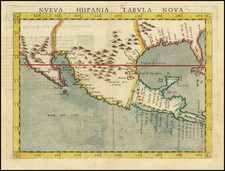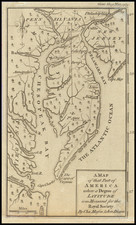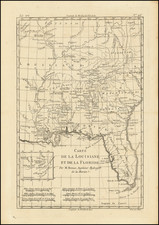View of Richmond From the 9 Sheet Herman Boye Map of Virginia.
Map Overview
Herman Boye's map of Virginia is among the most important maps of Virginia published in the 19th Century. The map has its genesis in an Act of the Virginia Legislature passed in February 1816, which authorized the creating of an official map of the State. At the recommendation of Thomas Jefferson, John Wood was retained as the Chief Surveyor, with extensive correspondence between Wood and Jefferson regarding the project until Wood died in 1821 and was succeeded by Herman Boye. In 1817, the Legislature appropriated $50,000 for the project, not including the cost of engraving and publishing the map.
Under Wood and later Boye's supervision, a map of each county was created, based upon actual surveys, with the county maps compiled and assembled to create the map of the state. The final product was completed in 1827, with Henry Tanner of Philadelphia serving as the engraver. Governor William Branch Giles of Virginia noted that "Mr. Tanner, the artist, has done himself a great honor and the state ample justice in the execution of this work . . . " The map would thereafter become the prototype map for Virginia for at least 3 decades.
Originally issued in 9 sheets in 1827, the map was prepared by Herman Boye at the request of the Virginia legislature as a compilation of local surveys, which began with the creation of a series of 102 county maps by John Wood and Herman Boye from 1819 to 1825. These county maps were later used by Boye to create a comprehensive map of the state published in 1827 and later updated and revised at the request of the Virginia legislature by Lewis von Buccholtz in 1859.
Boye's map is also the source map for the The Bucholtz-Ludwig Map of Virginia, first issued by Bucholz in Richmond in 1859 and thereafter updated by West and Johnson and others over the next 2 decades.









![A New Map of Virginia [Chesapeake]](https://storage.googleapis.com/raremaps/img/small/43053.jpg)
![[ New England / Northeast / Canada ] Tierra Nueva](https://storage.googleapis.com/raremaps/img/small/86737.jpg)



